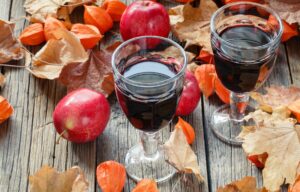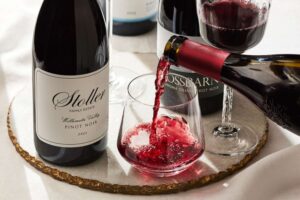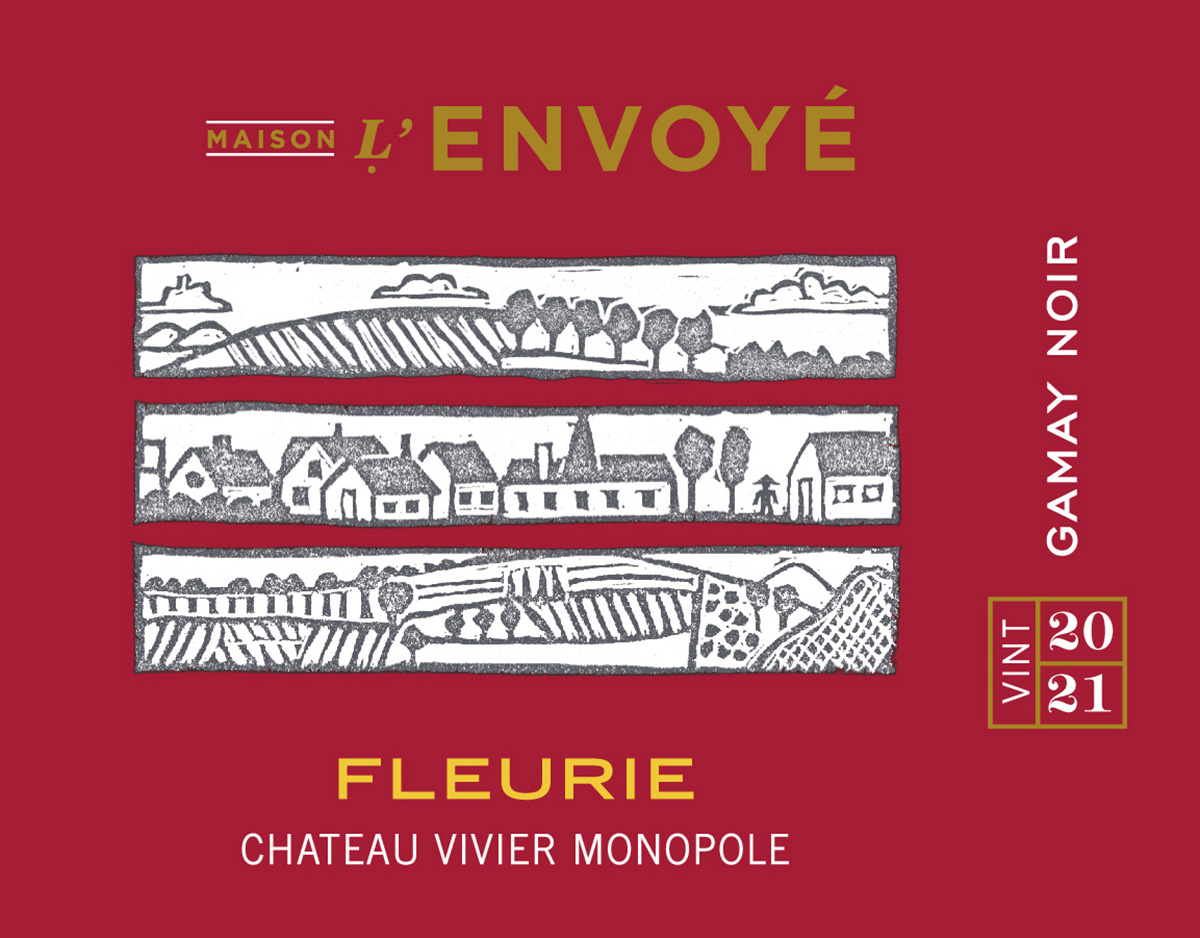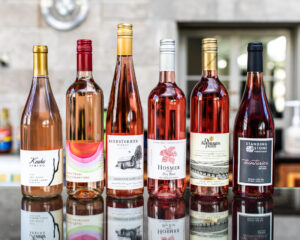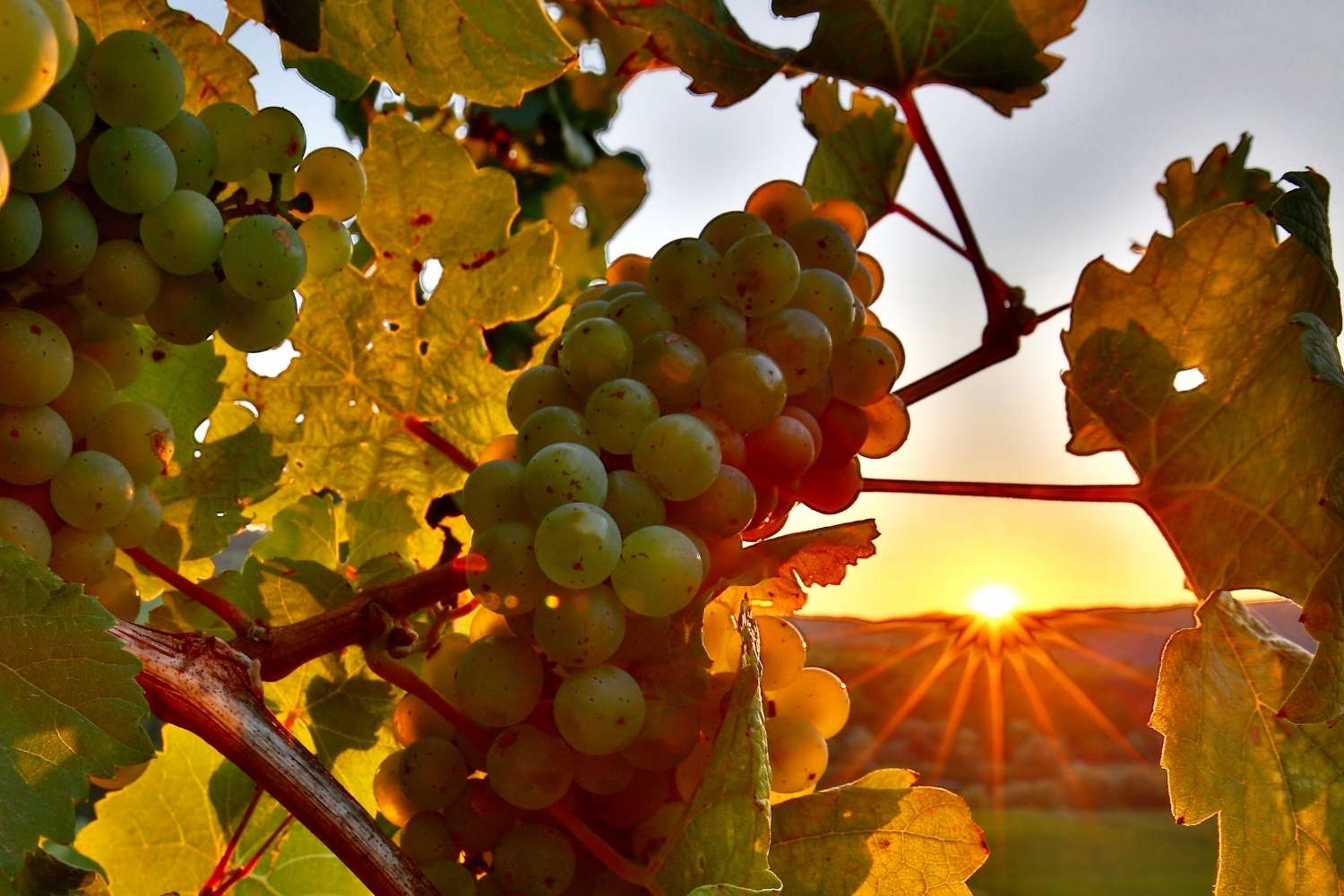As the leaves start to change color and the weather turns chilly, let’s take a look at some seasonal wines that you should be sipping this fall season, and in some cases, what foods they enhance.
We typically associate the fall with strong and aromatic scents and flavors of pumpkin, apple, cinnamon, maple, cranberry, squash, pear, and ginger in food and wine. When it comes to wine, we occasionally see notes of cranberry, apple, and pear in a bottle, but what about some of the other fall flavors. Well, they tend to appear more in the food we eat, then in the wine we drink. Sure, we see apple, cranberry, and cinnamon notes in red wine, and pear and ginger in our white wine, but not pumpkin very often.
Are their wines out there that will pair well with traditional fall dishes? The answer is a resounding ‘yes’. What if there were wines which contained these flavor profiles but also were a perfect match for fall foods. Believe it or not, pumpkin is magical with almost every style of wine.
When it comes to pairing wines with pumpkin notes, both red and white wines can enhance the flavor profile of pumpkin dishes. Here are some recommendations based on the type of pumpkin dish since pumpkin seems to be all the rage every fall season. Some of these may surprise you foodies.
Pumpkin Soup with Chardonnay
Creamy pumpkin soup, with its rich and velvety texture, pairs wonderfully with a crisp Chardonnay, specifically from Washington State. The wine’s buttery notes complement the soup’s creaminess, while its citrus undertones balance the savory sweetness of the pumpkin. The subtle acidity in the Chardonnay cuts through some of the richness, creating a smooth pairing.
Pumpkin Risotto with Pinot Noir
Pinot Noir’s red berry flavors and gentle tannins from Alsace, France, provide a nice contrast to the creamy risotto. The earthy notes in the wine mingle with the savory elements of the dish, while the wine’s above average acidity for a red wine, cleanses the palate between bites.
Pumpkin Ravioli with Gewürztraminer
Pumpkin-filled ravioli seasoned with fall spices, calls for a wine that can complement its bold flavors. Gewürztraminer from northern Italy or the Finger Lakes, NY, with its aromatic and fragrant profile of lychee, rose petals, ginger, and exotic spices, is an excellent choice. The wine’s slight sweetness balances the spices in the ravioli and enhances the overall experience.
Pumpkin Pie with Riesling
To finish off your pumpkin-themed meal, have a slice of pumpkin pie paired with a favorite semi-dry or sweet Riesling, like one from the New York State, Germany, or Austria. The wine’s sweetness complements the pie’s caramelized pumpkin and notes of clove of Riesling are perfect with the spice notes of the pie. This pairing is a beautiful balance between sweetness and spice.
Other Fall cuisine and the wines that go well with them
Butternut squash soup with a swirl of cream with a nice bottle of Sparling Rose from anywhere in the world.
Wild mushroom risotto, roasted root vegetables with rosemary, and apple and fennel salad go great with a zesty Dry Riesling. It complements hearty vegetables and echoes the crisp flavors of fall fruit.
Pork loin with roasted apples, beef stew with carrots and parsnips, and Thanksgiving turkey and stuffing with Merlot. Merlot’s ripe fruit and medium tannins round out savory, slow-cooked dishes and herbs without overpowering them.
Lamb chops with rosemary and garlic, roasted eggplant, and duck breast with cranberry sauce with Cabernet Franc, especially one from New York State. The savory notes in Cabernet Franc dance with roasted veggies, herbs, and richer meats in this cozy season.
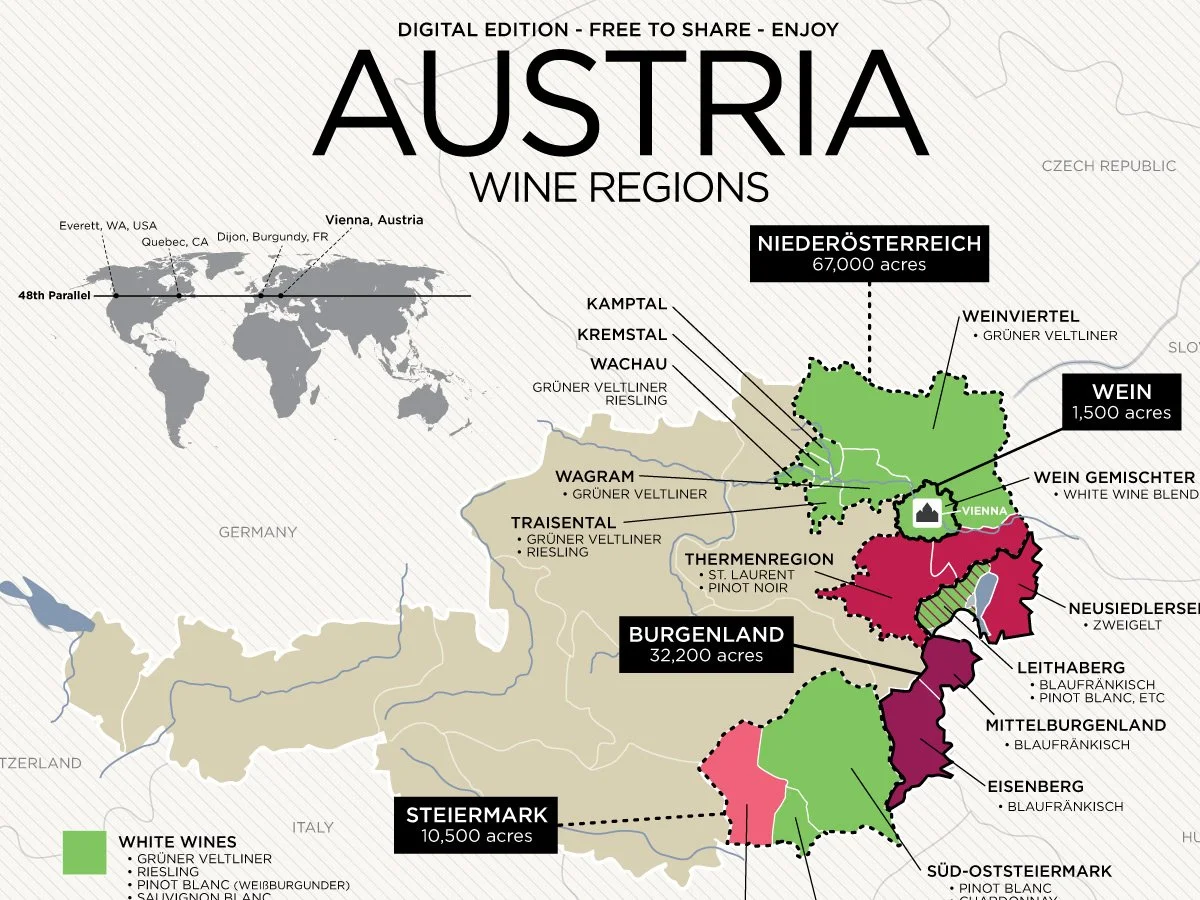
Under-the-radar wine for fall by itself and with fall dishes
An obscure, but incredible fall wine, which most people don’t know about unless they are wine guru, hails from the Burgenland region in Austria. Burgenland is most known for its full-bodied red wines made from Blaufränkisch (known as Lemberger in some parts of the world, like NYS and France) and Zweigelt.
Generally, these wines are characteristic of rich and roasted notes of espresso and grilled pumpkin (rare flavors in wine) and rich dark-berry fruit. The tannins are firm, very grippy, but the fruit component begins to show at the end of the palate and on the finish.
The Michael Pour is back!!! Hope you enjoy this fall edition of wine and food. Feel free to comment on this post or on social media.
Cheers,
Michael
michael@mnagy717.877.2729
(cover photo courtesy of Jason McClain & McClain Cellars)

